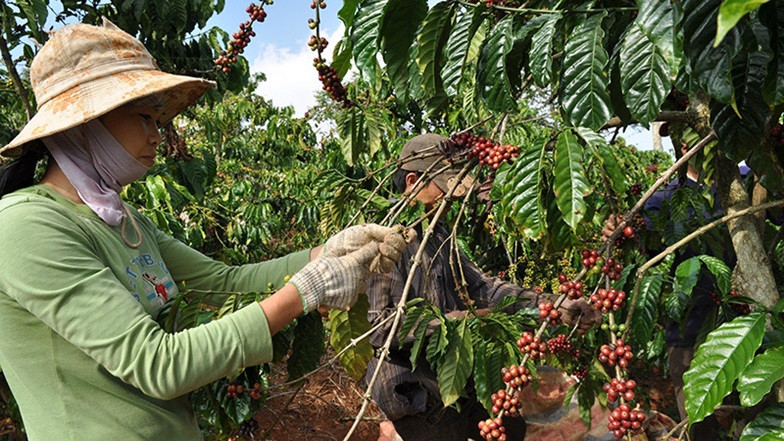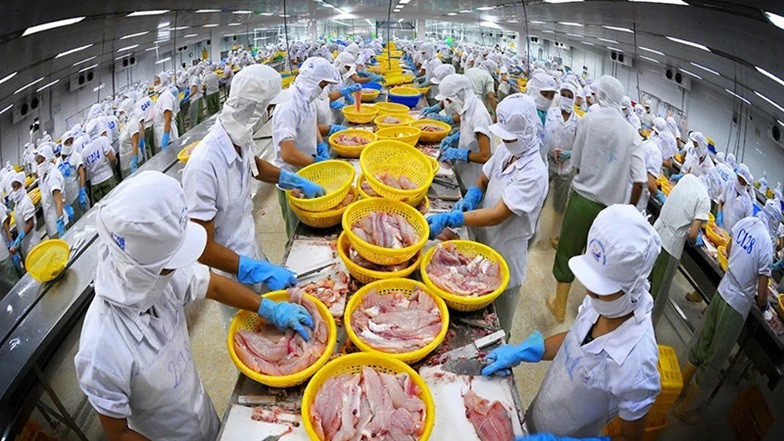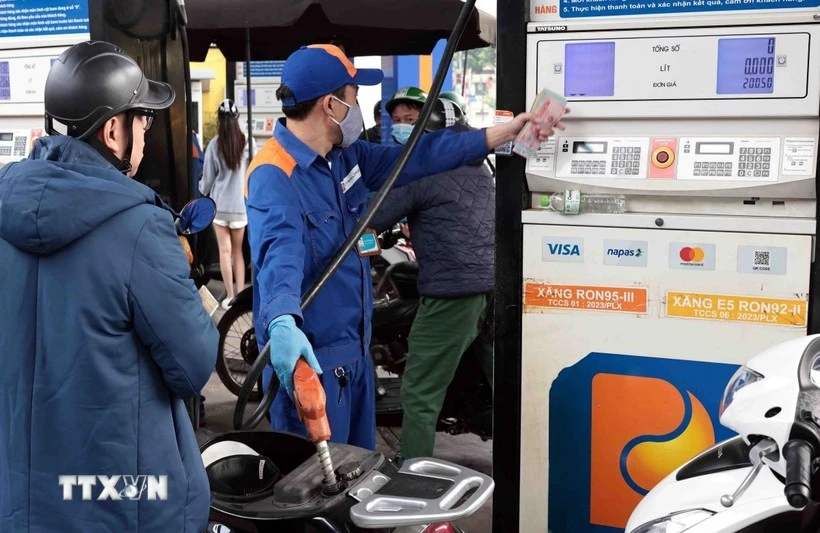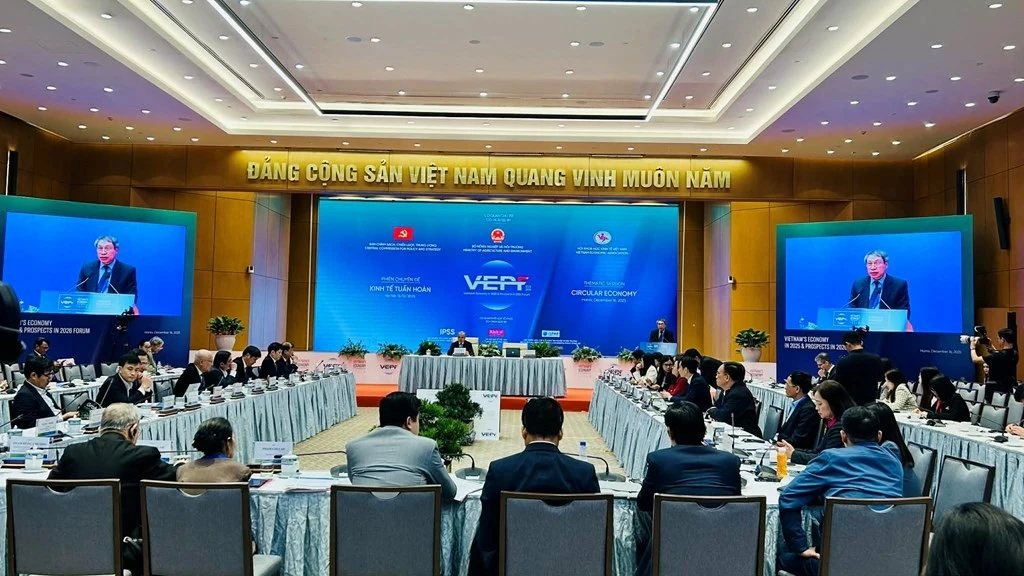Creating momentum for Vietnamese goods
Vietnamese seafood products are particularly popular with the CPTPP market. The Vietnam Association of Seafood Exporters and Producers (VASEP) said that in the first half of September 2023, pangasius exports to markets in the CPTPP bloc mostly recorded positive growth compared to the first half of September 2022.
Specifically, this market bloc imported nearly 9 million USD of Vietnamese pangasius in the first half of September this year, an increase of 17% over the same period last year.
Some of the bloc's markets recorded positive double-digit growth over the same period in 2022, with Japan, Mexico, and Canada reaching 1.3 million USD (up 75%), 2.4 million USD (up 59%), 1.3 million USD (up 16%), respectively.
Along with seafood, many other products have also seen growth when being exported to CPTPP markets recently. CPTPP officially took effect on January 14, 2019, and is expected to be a turning point that creates new momentum and promotes trade and investment cooperation between Vietnam and member partner countries.
In recent years, the implementation of CPTPP has brought impressive export growth to Vietnam, a driving force that has paved the way for Vietnamese goods to reach new and potential markets.
However, many experts said that the room for businesses to penetrate further into potential markets of CPTPP such as Canada, Mexico, and Peru remains very large because there are products that currently only account for about 3-5 % in those markets.
 |
| Not many Vietnamese products have brands in the CPTPP market. |
Another problem is that Vietnam's brand image in these markets is still relatively modest. Although many Vietnamese goods have been exported to this market bloc, it is very difficult to find a separate brand in the market.
Solutions to build a Vietnamese brand in the CPTPP market
Building a brand in Vietnam is difficult, building a brand abroad is even more difficult. However, successfully building a brand will help to strongly increase the value of Vietnamese goods in the market.
To achieve this, comprehensive solutions are needed from both state management agencies and businesses, which is demonstrated through annual export targets.
According to Dr. Le Duy Binh, Economic expert, Director of Economica Vietnam, branding must be prioritised in parallel with increasing the value of goods expected to be exported to a market.
Export revenue indicators must go along with other indicators such as how much added value is retained in the economy or how much is created for the economy when Vietnamese products are exported to a certain market.
It cannot only be measured by increasing exports to a market in the CPTPP bloc, but it needs to be measured by other values such as the added value of goods produced in Vietnam and exported to the CPTPP market.
On the business side, issues related to branding are just technical ones, but in terms of foundation, businesses must have goods that meet the market's requirements. Successfully building a brand requires great efforts from businesses and other elements in the chain.
Building a brand is not easy. However, businesses must determine their goals and then deploy appropriate solutions. With the springboard from effectively taking advantage of signed Free Trade Agreements (FTAs) and support from competent agencies, including the Ministry of Industry and Trade, the successful building of a brand in the CPTPP market as well as markets with FTAs in general will be able to be realised.
















